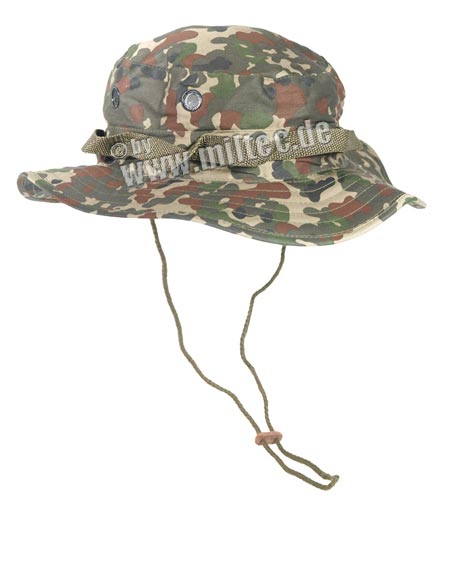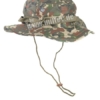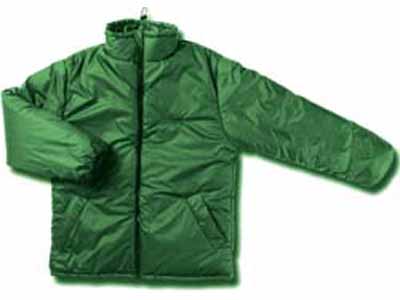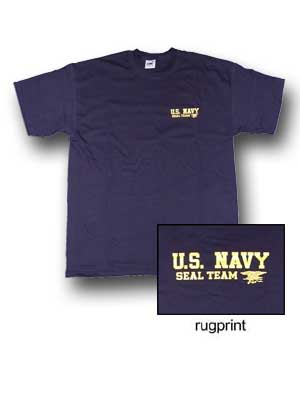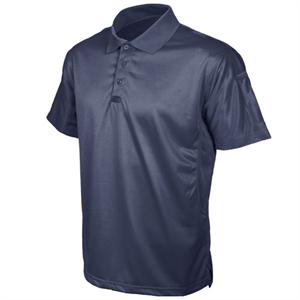Beschrijving
ST12327 * US Boonie Hat * D37
ST12327 * US Boonie Hat * D37
- 100% cotton
- opgezette band 100% polyester
- sml = 55/56
- md = 57/58
- lg = 59/60
- xl = 61/62
- Fleck Tarn
The boonie hat was introduced to the United States Forces during the Vietnam War, when U.S. Army Green Berets began wearing them in the field, along with Australian and Army of the Republic of Vietnam units.
These leopard spot or tiger stripe boonie hats were locally procured, the camo cloth was usually salvaged from other uniform items or with the former from a parachute or made up by the tailor.
The name is derived from “boonie”, the abbreviated form of boondocks (itself originally American military slang derived from Tagalog bundok, “mountain”, during the Philippine-American War.
These hat was similar to the hat worn with the pattern 1941 HBT fatigue uniform.
In 1967, the U.S. Army began issuing boonie hats, as the “Hat, Jungle, with Insect Net”, made of cotton and wind-resistant poplin, in olive drap, tigerstripe, and ERDL pattern.
It was meant to supplement and replace the patrol and baseball caps that had been in service since World War II.
As the U.S. military evolved away from a garrison mentality, the boonie hat found a permanent place as part of the uniform of all services.
The boonie hat has changed little through the decades since the Vietnam War and was used in the Iraq War and still in the War in Afghanistan as an alternative to the patrol cap.
The U.S. military boonie hat has come in a variety of camouflage patterns; the current assortment includes Woodland, three-color desert, UCP, Multicam, and both desert and woodland versions of MARPAT, as well as the Air Force ABU pattern.

